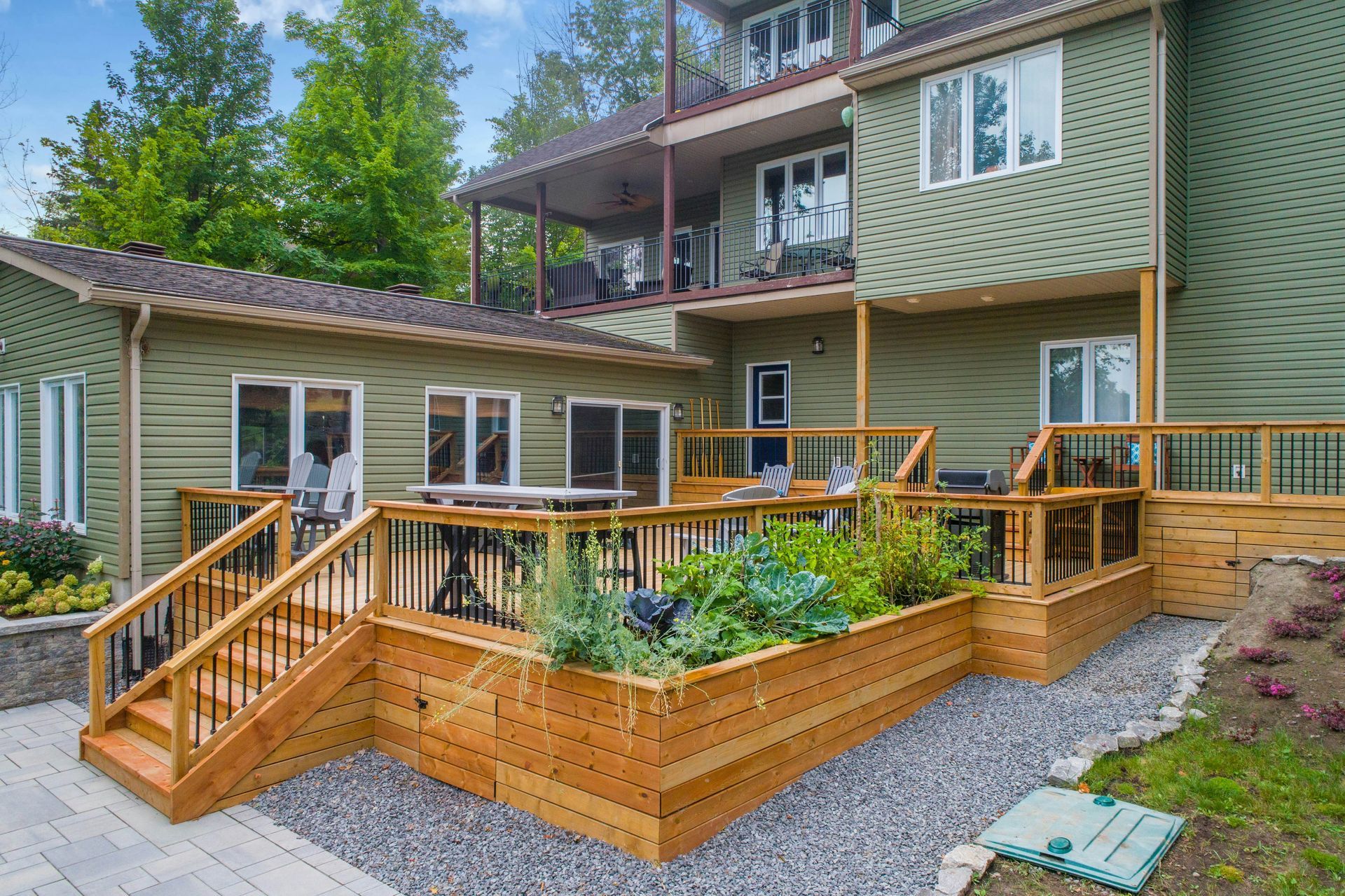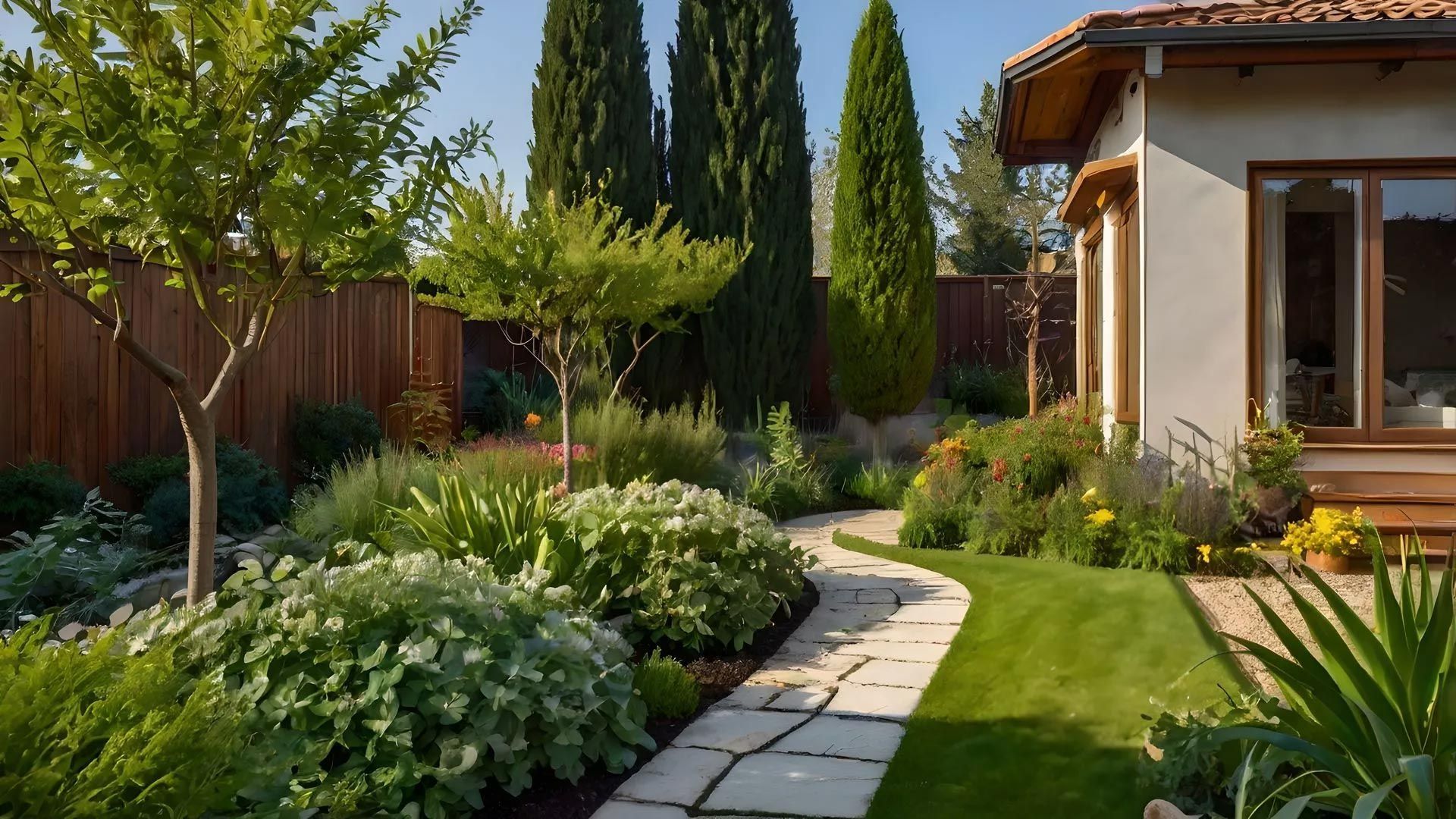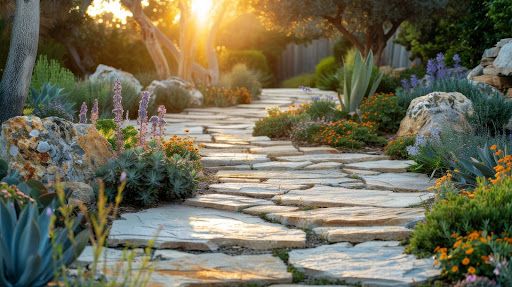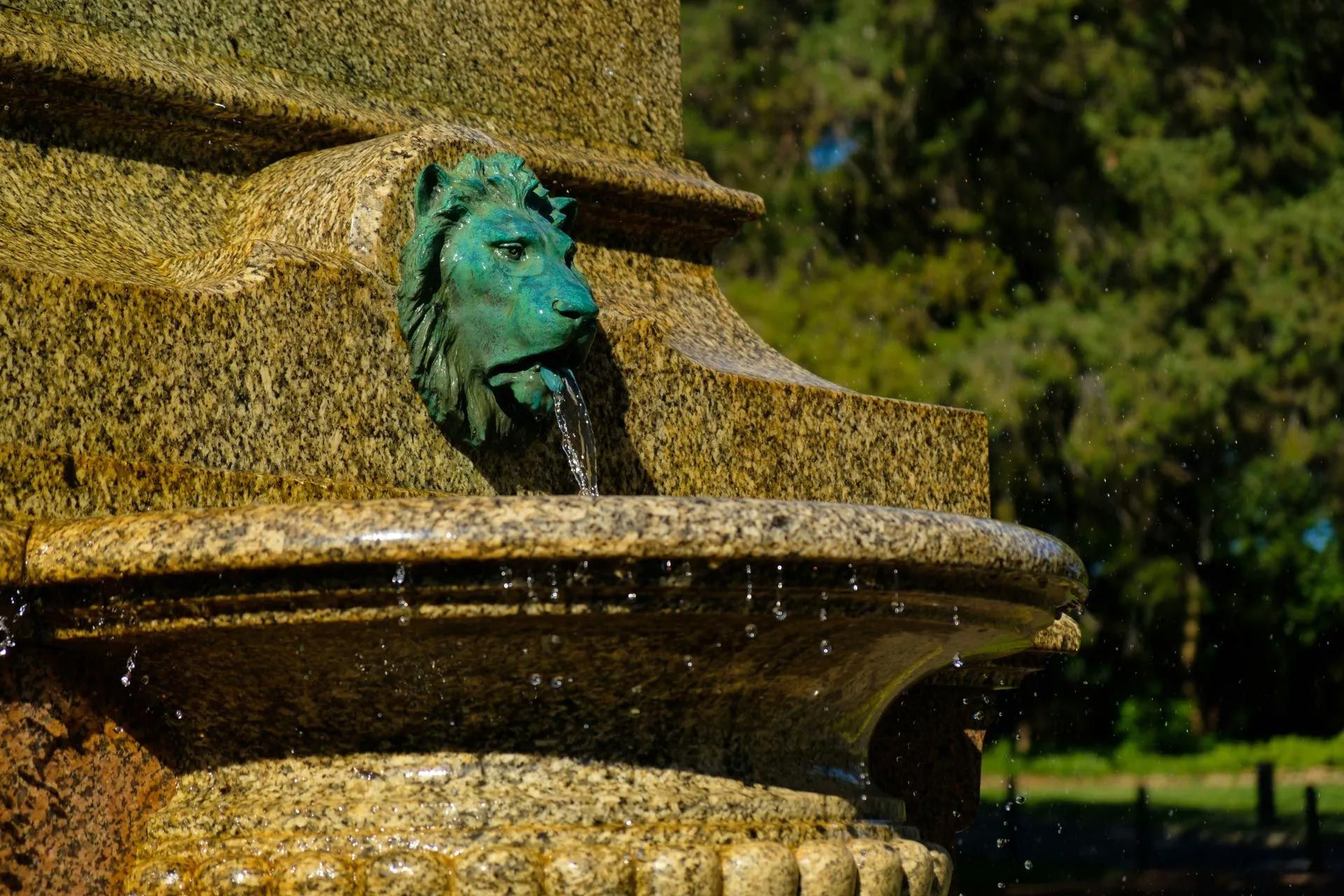The Essentials of Sustainable Landscaping Practices
Sustainable landscaping is no longer just a trend—it's a necessity for responsible property owners in California and beyond. With ongoing drought conditions, increasing environmental awareness, and a growing desire to conserve resources, adopting eco-friendly landscaping techniques is one of the most impactful ways to create beautiful, functional outdoor spaces that benefit both people and the planet. At California Exteriors Incorporated, we are dedicated to providing our clients with solutions that prioritize environmental health, resource conservation, and long-term landscape vitality.
Composting: Turning Waste into Wealth for Your Landscape
Composting is one of the most effective and accessible sustainable landscaping practices. By converting organic waste such as grass clippings, leaves, and food scraps into nutrient-rich compost, you reduce landfill waste while creating a valuable soil amendment for your landscape. Compost helps retain soil moisture, reduces the need for chemical fertilizers, and fosters healthy plant growth.
Statistics from the U.S. Environmental Protection Agency (EPA) highlight that food and yard waste make up over 30% of what we throw away, much of which can be composted instead. Utilizing compost in your landscaping not only diverts this waste from landfills but also improves soil structure, encourages beneficial microorganisms, and supports robust root systems. It's a closed-loop system that transforms what was once discarded into a resource for a thriving outdoor environment.
At California Exteriors Incorporated, we can help design custom composting solutions that seamlessly integrate into your landscape, whether you're managing a residential property or a large commercial site. Our team ensures that compost is used effectively, enhancing the health and sustainability of your soil year-round.
Integrated Pest Management: Protecting Plants and the Environment
Traditional pest control methods often rely on chemical pesticides that can harm beneficial insects, contaminate groundwater, and disrupt local ecosystems. Integrated Pest Management (IPM) offers a smarter, more sustainable approach. IPM uses a combination of biological, cultural, physical, and, when necessary, chemical tools to manage pests in an environmentally responsible manner.
A well-executed IPM plan starts with monitoring and correctly identifying pest issues, followed by interventions that target the root cause. These may include encouraging natural predators, selecting pest-resistant plants, or modifying irrigation practices to prevent pest outbreaks. By only using chemical controls as a last resort, IPM minimizes environmental risks while maintaining healthy, vibrant landscapes.
According to the University of California Statewide Integrated Pest Management Program, IPM can significantly reduce pesticide use and promote long-term pest control through ecological balance. At California Exteriors Incorporated, we design pest management strategies that support the health of your landscape while safeguarding pollinators and other beneficial wildlife.
Energy-Efficient Outdoor Lighting: Beauty Without Waste
Outdoor lighting is essential for safety, aesthetics, and functionality, but it can be a significant source of energy consumption if not managed wisely. Sustainable landscaping embraces energy-efficient lighting solutions such as LED fixtures, solar-powered lights, and smart controls that reduce electricity usage and minimize light pollution.
LED lights, for example, consume up to 75% less energy and last 25 times longer than traditional incandescent bulbs, as reported by the U.S. Department of Energy. Solar-powered fixtures harness California's abundant sunshine, providing illumination without ongoing energy costs. Smart lighting systems can be programmed to operate only when needed, further reducing waste.
At California Exteriors Incorporated, we specialize in designing and installing outdoor lighting systems that blend seamlessly into your landscape while optimizing energy efficiency. Thoughtful placement and fixture selection ensure your property remains safe, welcoming, and visually stunning after dark—without unnecessary environmental impact.
Incorporating Recycled Materials: Sustainable Style
Another cornerstone of sustainable landscaping is the use of recycled and repurposed materials. By choosing recycled-content pavers, reclaimed wood, or repurposed glass for hardscapes and design features, you reduce the demand for new raw materials and divert waste from landfills.
Not only do recycled materials often require less energy to produce, but they also bring unique character and texture to landscape projects. Permeable pavers made from recycled concrete or glass, for example, support stormwater management by allowing rainwater to filter through the surface, reducing runoff and erosion. Using reclaimed materials in creative ways—such as benches, retaining walls, or decorative accents—adds a distinctive, eco-friendly touch to any outdoor space.
California Exteriors Incorporated is committed to sourcing high-quality recycled materials whenever possible, ensuring that each project reflects both environmental stewardship and timeless design. We work closely with clients to identify opportunities for sustainable material choices that align with their vision and values.
The Broader Impact: Environmental and Community Benefits
Embracing sustainable landscaping isn't just about individual properties—it's about contributing to a healthier environment for all. Composting reduces methane emissions from landfills, IPM safeguards pollinators essential for California's agriculture, and energy-efficient lighting cuts greenhouse gas emissions. These practices support biodiversity, protect water resources, and create outdoor spaces that are both beautiful and resilient.
Property owners who invest in sustainable landscaping often see long-term savings in water, fertilizer, and energy costs, while also enjoying healthier plants and increased property value. As a leader in the industry, California Exteriors Incorporated partners with clients to develop landscapes that thrive today and for generations to come.
Transform Your Landscape with Sustainable Practices
Ready to transform your landscape with sustainable practices? Discover how California Exteriors Incorporated can help you create an outdoor environment that's as kind to the planet as it is to the eye. Reach out to our team to start planning your next eco-friendly landscaping project!















